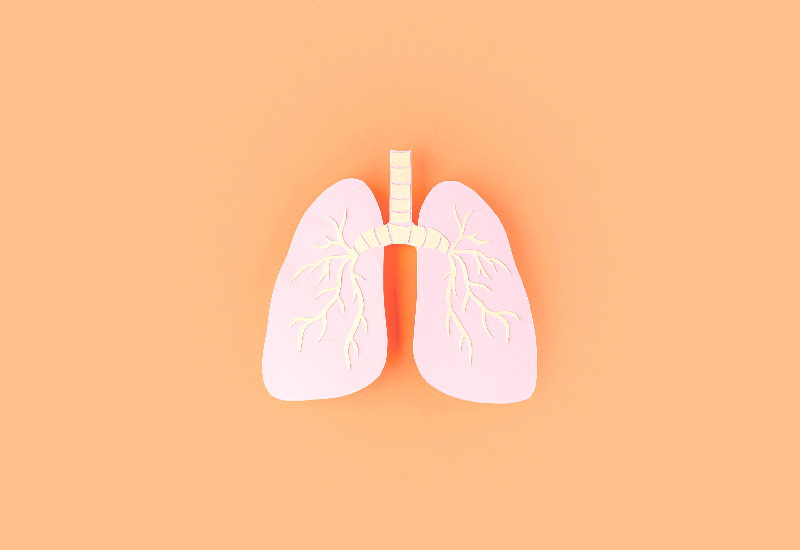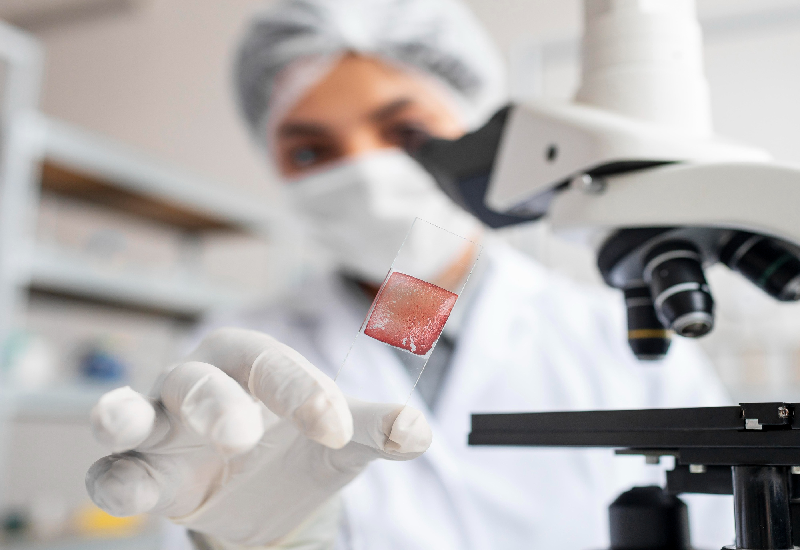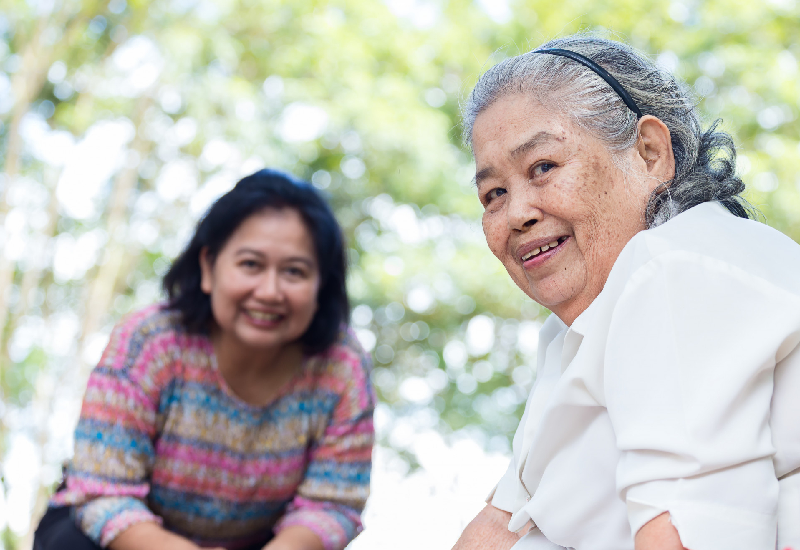Breast cancer remains one of the most common cancers affecting women worldwide, with millions of new diagnoses each year. Although this number can be alarming, many cases are preventable through early detection and proactive steps, it is now possible to reduce the risk of breast cancer by understanding its contributing factors and taking proactive measures to combat them. Whether you’re seeking to protect yourself from the risk or trying to support a loved one, having the right information is crucial for reducing breast cancer risk and enhancing overall health.
Understanding the risk factors for breast cancer
Risk factors for breast cancer involve various genetic, environmental, and lifestyle factors. Aging is a prominent factor, as the likelihood of breast cancer increases with age.
A family history of breast cancer, particularly among immediate relatives, also heightens susceptibility. Genetic mutations like BRCA1 and BRCA2 are significant risk factors. Hormonal influences, such as early menstruation, late menopause, or hormone therapy, can further elevate risk levels. Other contributing factors include dense breast tissue and environmental factors like radiation exposure or certain chemicals. Lifestyle choices such as alcohol consumption, smoking, and physical inactivity can also increase the risk.
It’s important to understand that while these factors contribute to the risk, they do not guarantee breast cancer development. Recognizing these risk factors empowers women to adopt preventive measures effectively.
Reducing your risk of breast cancer
Minimizing the risk of breast cancer requires a comprehensive strategy that includes both health awareness and lifestyle choices. Taking proactive steps and making informed decisions can significantly reduce susceptibility and promote breast health.
Understanding your body thoroughly enables early detection of any changes, while adopting a healthy lifestyle supports long-term well-being. These proactive approaches play a crucial role in safeguarding your health and minimizing the risk of breast cancer.
The importance of breast self-exams
Understanding your breast tissue and conducting regular breast self-exams are vital components of breast health. By familiarizing yourself with how your breasts typically look and feel, you enhance your ability to detect any changes promptly.
Performing regular breast self-exams empowers you to actively monitor your breast health and identify potential abnormalities early on.
How to perform a breast self-exam
Start by visually examining your breasts in front of a mirror, noticing any variations in size, shape, or contour between both breasts. Then, raise your arms overhead and inspect for similar changes.
Next, lie down and use your fingertips to navigate your breast tissue and the area around your armpit. Take note of any areas that feel different from the surrounding tissue or cause discomfort.
What to check during your breast self-exam
Performing a breast self-exam monthly, preferably a few days after your menstrual cycle ends, when your breasts are less likely to be tender or swollen, ensures a more accurate assessment. For those who no longer menstruate, pick a consistent day each month for your exam.
Screening tests for breast cancer
Breast cancer screening involves various tests and procedures designed to detect the presence of breast cancer at its earliest stages, often before symptoms appear. These methods include:
Mammography: Using X-ray technology, it captures detailed images of breast tissue, which is crucial for identifying small tumors and abnormalities. Typically, it is recommended annually for women starting at age 40 or earlier for those at higher risk.
Clinical Breast Exam (CBE): Conducted by a healthcare provider to manually inspect the breasts and surrounding areas for any signs of lumps or changes in texture. It is recommended periodically for women in their 20s and 30s as part of routine health exams.
Breast MRI is recommended in cases where there is a heightened risk of breast cancer, providing detailed images using magnetic fields and radio waves to assess breast tissue.
Genetic testing is advised for individuals with a family history of breast cancer or known genetic mutations to evaluate their risk and guide personalized screening protocols.
Blood tests: Some women, particularly those with elevated breast cancer risk, may undergo blood tests to detect specific cancer antigens (CA) as part of their screening regimen.
Regular screening should be tailored to individual risk factors and guidelines in consultation with a healthcare provider based on personal medical history and preferences.
Remember that regular screening can help detect breast cancer at an early stage, when it’s most treatable, improving outcomes and reducing mortality rates.
Genetic testing and counseling for breast cancer risk
Genetic testing for breast cancer examines your DNA to detect specific mutations that may heighten the risk of developing the disease. This process involves providing a blood or saliva sample, which is analyzed in a lab to identify genetic alterations linked to increased breast cancer susceptibility.
Complementing genetic testing is genetic counseling, which is a vital step in the process. This involves consultations with trained counselors who interpret your results, assess your individual cancer risk, and discuss preventive strategies tailored to your genetic profile. These sessions provide crucial insights and empower informed decisions about managing your risk.
Tips to lower your risk of breast cancer
Adopting a healthy lifestyle plays a crucial role in reducing the likelihood of breast cancer and enhancing overall health. Key lifestyle decisions that can help lower risk include:
Eating a well-balanced diet: Prioritize foods like fruits, vegetables, whole grains, and lean proteins. Minimize consumption of processed foods, red meat, and sugary drinks, which have been associated with higher risks.
Engaging in regular physical activity: Exercise regularly. Ensure the routine includes at least 150 minutes of moderate-intensity aerobic activity or 75 minutes of vigorous exercise each week. This helps in managing weight and hormone levels and reducing the risk.
Limiting alcohol intake: Excessive alcohol consumption is linked to increased risks, so moderation is important.
Avoiding tobacco: If you are a smoker, quitting is non-negotiable. Smoking not only increases the risk but also raises the chances of other cancers and health problems.
Adopting healthy lifestyle choices can significantly decrease the risk of cancer and promote overall well-being.
How RGCC contributes to breast cancer prevention
We work towards prevention and risk reduction through our cutting-edge liquid biopsy tests and personalized insights.
Our early screening test offers superior sensitivity and specificity compared to traditional methods, enabling the detection of cancer before symptoms manifest. This groundbreaking test surpasses conventional approaches by thoroughly analyzing the presence of cancer preemptively.
Our CTC tests provide detailed, granular insights that aid in identifying cancer at its earliest, most treatable stage.
Our contributions to cancer detection include pioneering, ensuring early identification, and improving outcomes for individuals at risk.








